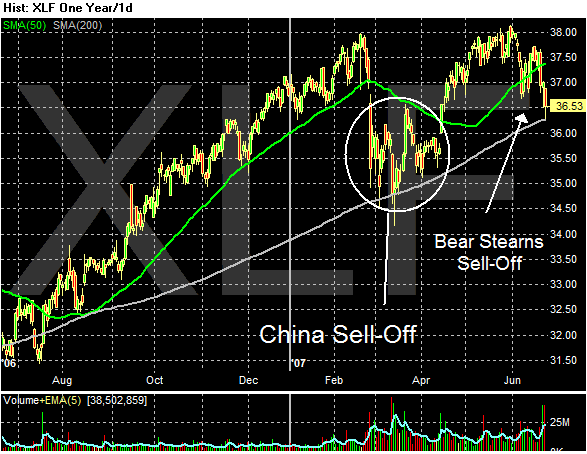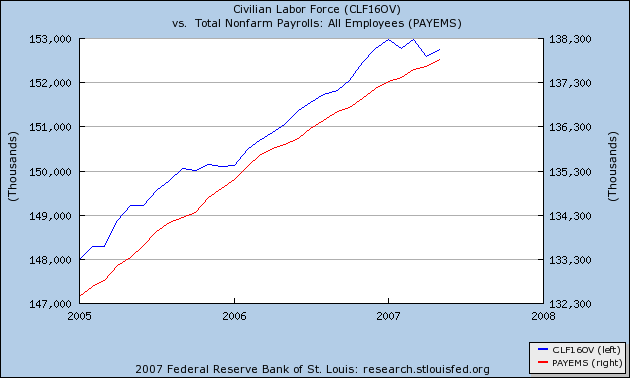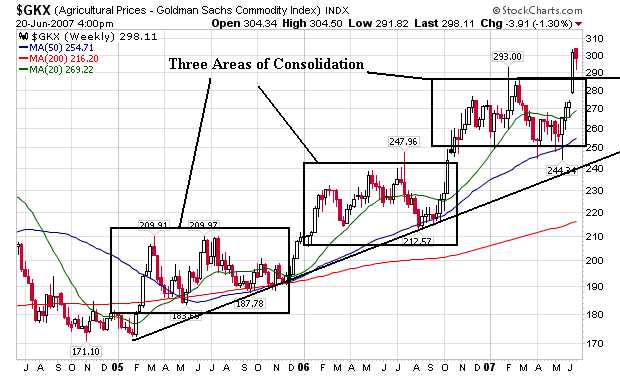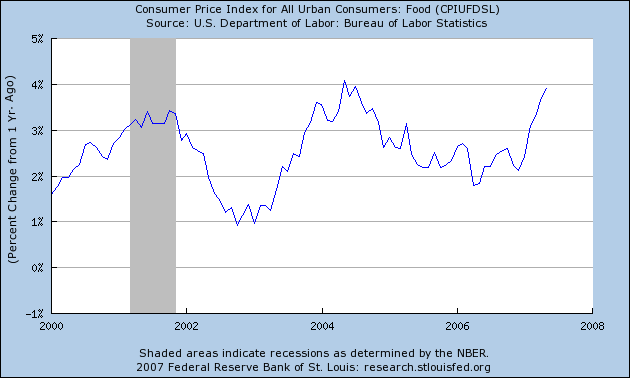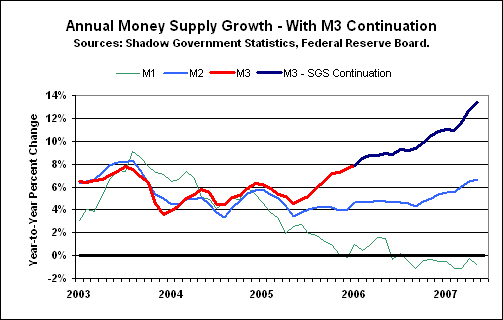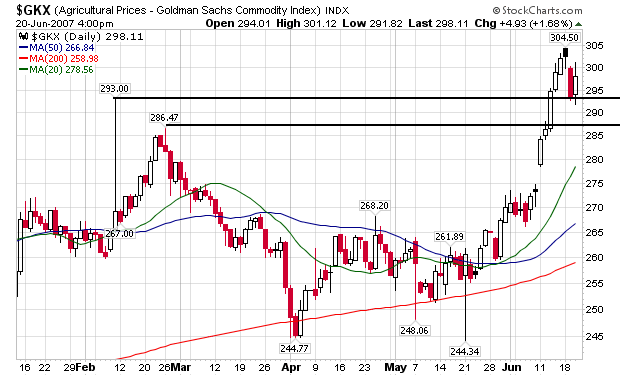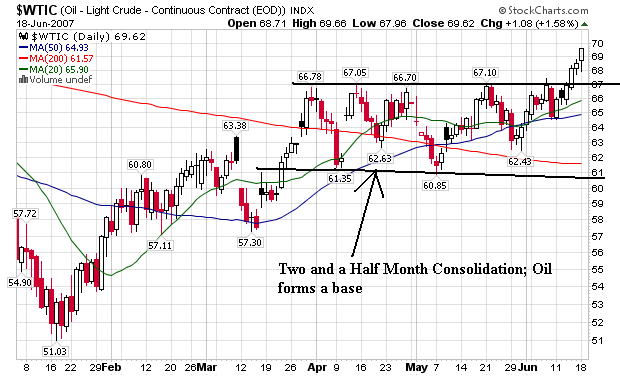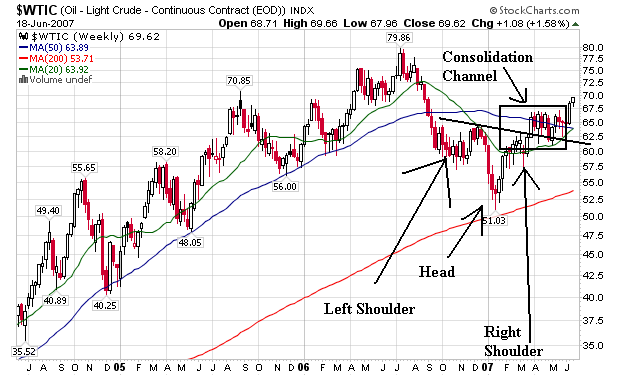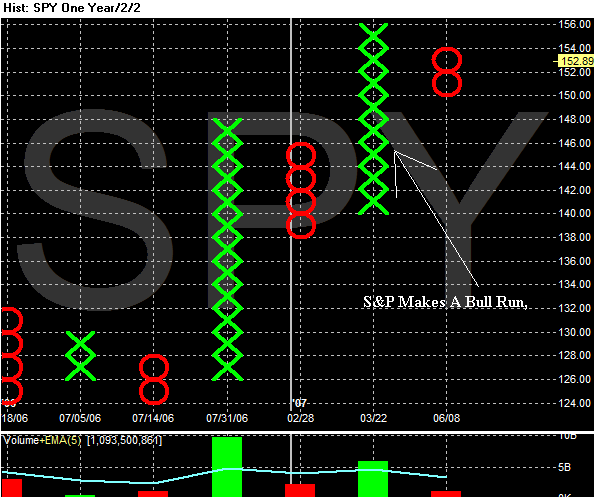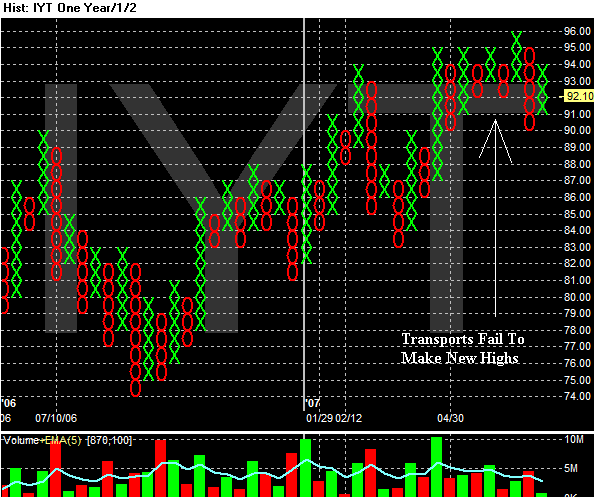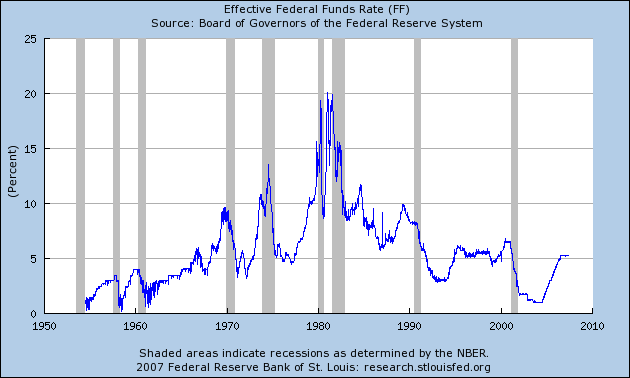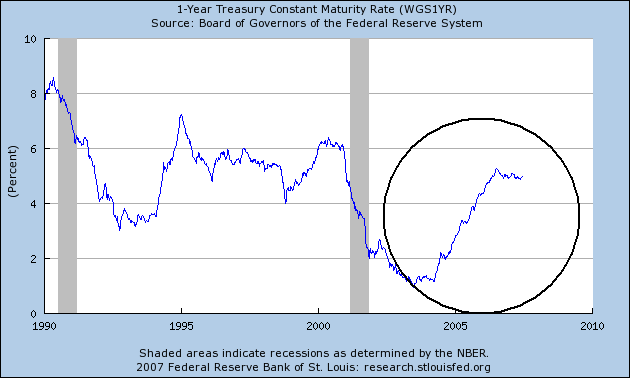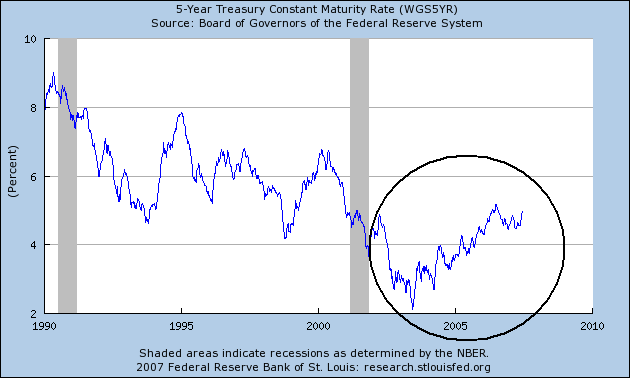Bank of America said the mortgage problems may be just beginning (Hat Tip, Calculated Risk):
Losses in the U.S. mortgage market may be the ``tip of the iceberg'' as borrowers fail to keep up with rising payments on billions worth of adjustable-rate loans in coming months, Bank of America Corp. analysts said.
Homeowners with about $515 billion on adjustable-rate home loans will pay more this year, and another $680 billion worth of mortgages will reset next year, analysts led by Robert Lacoursiere wrote in a research note today. More than 70 percent of the total was granted to subprime borrowers, people with the riskiest credit records, they said.
Surging defaults on subprime loans have pushed at least 60 mortgage companies to close or sell operations and forced Bear Stearns Cos. to offer a $3.2 billion bailout for one of two money-losing hedge funds. New foreclosures set a record in the first quarter, with subprime borrowers leading the way, the Mortgage Bankers Association reported.
Parmalat won a bankruptcy ruling against Bank of America:
It represents a defeat for holders of Parmalat bonds with some $868 million in claims, Reuters reports.
A BofA spokeswoman says the ruling is "merely the expected recognition of Parmalat's restructuring efforts by United States courts." She adds the injunction will not apply outside of the United States nor will it "impair any independent rights the bank may have against Parmalat affiliates and subsidiaries that did not restructure under Italian bankruptcy law."
Calculated Risk also highlights a fair number of credit write downs that occurred at the end of the week.
The main problem for the broader markets is financial issues comprise 21.6% of the S&P 500, giving them a slightly disproportionate impact on the index. Information technology is the next largest index sector at 14.9%. That shows the really big importance of financial issues in the S&P 500.
Here is a chart of the XLF. Bank of America is almost 8% of this index, and Merrill is about 2.75%. In other words, two financial issues that had a really bad week are about 10% of this index. That explains why the index had such a poor week.
However, the index had a bad month after the China sell-off in the spring. During that sell-off, the index used the 200 day SMA as support for consolidation. Look for the average to again test this crucial technical support area for the coming weeks as the financial sector sorts through the Bear Stearns mess.
Adding to the problems in the financial sector is existing home sales come out on Monday and New Home sales come out on Tuesday. In other words, housing will be on everyone's lips for the first part of the week.
So long as we have this problem in the financial sector it will be difficult for the S&P to advance.
However, there are also a record number of shorts in the market, which is a classic contrary indicator. Any more up will force the shorts to cover which will add to upward momentum in a rally.
